
Luis Melecio-Zambrano was the summer 2023 science writing intern at Science News. They are finishing their master’s degree in science communication from the University of California, Santa Cruz, where they have reported on issues of environmental justice and agriculture. Their work has appeared in Science, Mongabay, Eos and the Mercury News, among other publications.

Trustworthy journalism comes at a price.
Scientists and journalists share a core belief in questioning, observing and verifying to reach the truth. Science News reports on crucial research and discovery across science disciplines. We need your financial support to make it happen – every contribution makes a difference.
All Stories by Luis Melecio-Zambrano
-
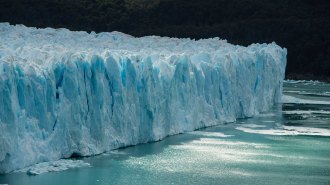 Climate
Climate‘Our Fragile Moment’ finds modern lessons in Earth’s history of climate
Michael Mann’s latest book, Our Fragile Moment, looks through Earth’s history to understand the current climate crisis.
-
 Archaeology
ArchaeologyAncient Egyptian jars hint at complex mummification balms
Residue from ancient jars holding the internal organs of the mummy Senetnay hints at early Egyptian trade routes and complex mummification practices.
-
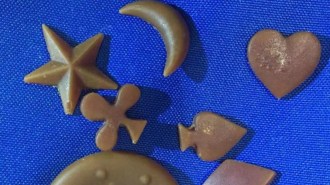 Chemistry
ChemistryChemists turned plastic waste into tiny bars of soap
Researchers developed a process to turn plastic waste into surfactants, the key ingredients in dozens of products, including soap.
-
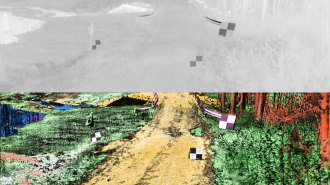 Artificial Intelligence
Artificial IntelligenceHow artificial intelligence sharpens blurry thermal vision images
A thermal imaging technique uses a special camera and AI to create clear images and accurately gauge distances of objects, even in pitch-blackness
-
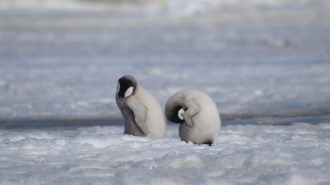 Climate
ClimateEmperor penguins lost thousands of chicks to melting ice last year
In 2022, groups of emperor penguins in western Antarctica lost almost all their chicks to receding sea ice, signaling the threat of climate change.
-
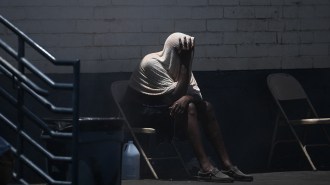 Climate
ClimateExtreme heat taxes the body in many ways. Here’s how
Climate change is bringing longer, humid heat waves and hotter nights. Here's how our bodies try to beat the heat and what happens when they can't.
-
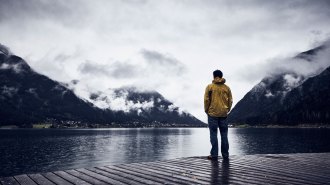 Psychology
PsychologyTime in nature or exercise is touted for happiness. But evidence is lacking
A review of hundreds of studies finds limited strong scientific evidence to support many common recommendations for leading a happier life.
-
 Health & Medicine
Health & Medicine‘Milking’ umbilical cords may help some sickly newborns
Taking a few seconds to push umbilical cord blood into a baby’s belly could provide extra essential nutrients. But questions about the practice remain.
-
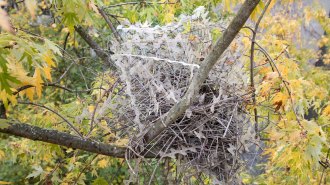 Animals
AnimalsIn a ‘perfect comeback,’ some birds use antibird spikes to build their nests
The spikes were meant to keep birds away. But five corvid nests in Europe use the bird-deterrents as structural support and to ward off predators.
-
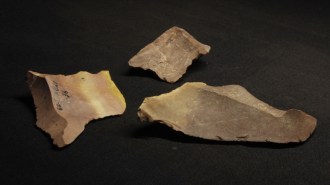 Archaeology
ArchaeologyIndigenous input revealed early hints of fiber making in the tropics
To decipher marks on nearly 40,000-year-old stone tools and figure out what they were used for, researchers turned to the Philippines’ Pala’wan people.